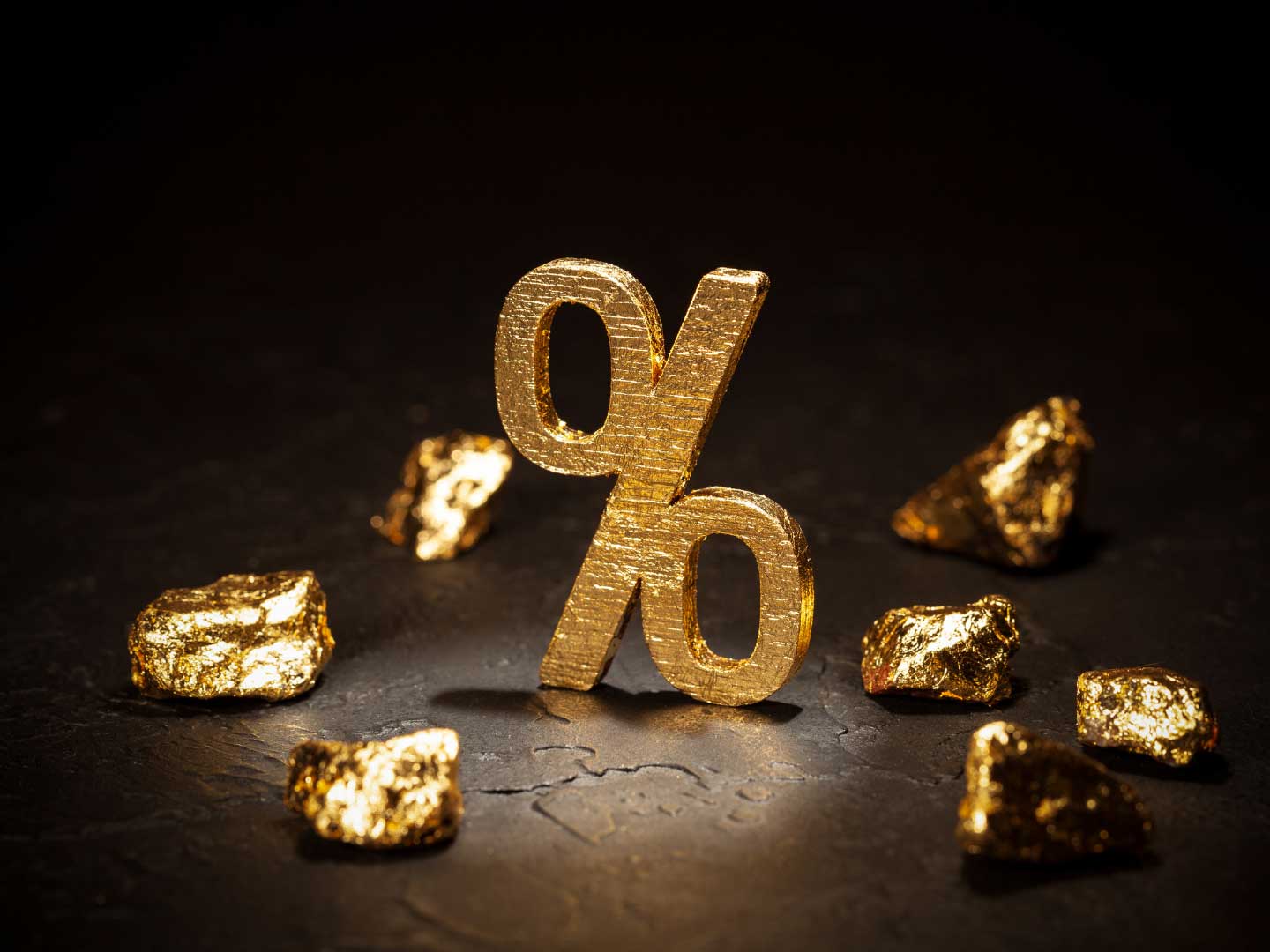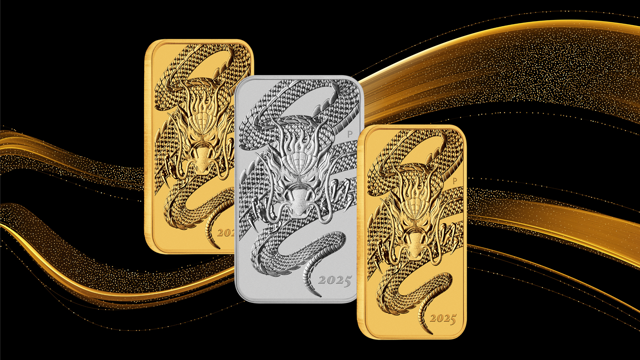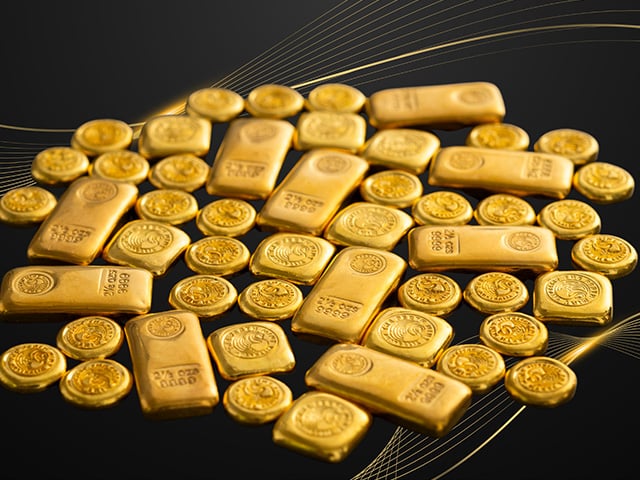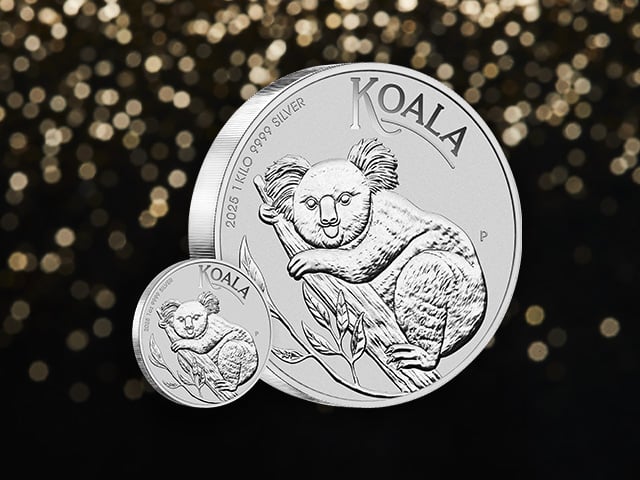Precious metal prices continue to climb

Gold up 7.5% in USD terms - August update
August was another solid month for precious metal investors, with the price of gold rising by just over 7.5% in USD terms. The Australian dollar gold price closed the month above AUD 2,250.00 per troy ounce, up more than 9% for the month.
Silver investors fared even better, with the price rising by almost 13% in USD terms, while silver priced in Australian dollars closed the month above AUD 27.00 per troy ounce.
The strong performance for August continues what has been a positive year for precious metals bulls, with gold and silver up 36% and 26% respectively. The precious metals have strongly outperformed risk assets such as shares, with the ASX 200 and S&P 500 up just 4% and 1% respectively over the same time.
What’s driving the gold price?
The drivers of the gold price over the past year are now well established.
First is safe haven buying as recession fears around the world intensify. The uncertainty has been driven by the continued escalation of the US-China trade war and the recent inversion of the US yield curve. Historically a very reliable recession indicator, an inverted yield curve occurs when long-term interest rates are lower than short-term interest rates.
The continued plunge in global bond yields is also driving demand for gold.
In August, the market value of negative yielding debt rose beyond USD 17 trillion, with 30% of all investment grade securities now having yields below zero.
Given gold now has a higher yield than all these negative yielding bonds (and carries no credit risk) it is no surprise that it has benefitted from the rapid decline in global bond yields. In Australia, for example, the 10-year government bond yield has dropped by 65% over the past year.
Central banks also continue to be active in the gold market, buying more than 220 tonnes of gold in Q2 2019. That is a 47% increase on Q2 2018, with central banks on track to purchase more than 650 tonnes this year, according to recent research released by ANZ Bank.
What happens next?
After such a large rally in the gold price over the past year, a period of consolidation would not be unusual. No market goes up (or down) in a straight line, with some volatility along the way to be expected, especially in the short term.
Two indicators worth monitoring are managed money positioning in the futures market and the gold to silver ratio (GSR).
Managed money positioning in effect represents the bets that shorter term traders such as hedge funds have made in the gold futures market. Managed money participants can and will bet that the gold price is going up or down based on their view of the market.
Over the past year, those betting the gold price will fall (gross short positions) have drastically wound back their positioning, reducing them from almost 200,000 futures contracts to barely 20,000 today.
Those betting that the price will rise (gross long positions) have significantly increased their exposure.
Gross long exposure is now back at levels seen in the aftermath of the Brexit vote and the 2016 US Presidential election.
Managed money participants are bullish on gold, some would say exuberantly so, and their actions have been a major contributor to the rise in the gold price of gold over the past 12 months.
The second indicator, the GSR, is currently falling and approaching 80:1, which means silver is outperforming gold. Many will interpret this as a signal that the current precious metals bull market has longer to run as previous periods of silver outperformance (2002 to 2006 and late 2008 to 2011) coincided with strong rises in the price of precious metals.
Outlook for gold still bright
Though we are cautious about the outlook for prices in the short-term, we remain confident in the outlook for gold in the years ahead. Going forward we expect investment demand for gold to be supported by many factors including:
- Despite their recent volatility, many share markets are still trading at or near all-time highs. Given gold has a long track record of outperforming when share markets decline, we expect demand to be bolstered by investors seeking a hedge against equity market declines.
- Continued recession fears are not likely to abate any time soon, with recent global manufacturing data from JP Morgan indicating a global slowdown is underway. This will continue to boost safe haven demand for gold.
- Cash rates are still likely to fall in the coming months, with markets expecting another rate cut by the US Federal Reserve in September. In Australia, markets expect the local cash rate to be cut to just 0.50% by May 2020. Low rates can be expected to support gold demand given they reduce the opportunity cost of investing in the yellow metal.
- Add all these factors together and it is easy to understand why astute investors are likely to continue incorporating an allocation to gold as part of a diversified portfolio in the years ahead.
Sources
JP Morgan Global Manufacturing
https://www.markiteconomics.com/Public/Home/PressRelease/cd5ff69a25e34fb29f365f8c87d5ed5d
Central banks and gold
https://centralbankgold.org/gold-reserve-asset
https://www.bloomberg.com/news/articles/2019-08-27/central-bankers-new-found-love-of-gold-seen-bolstering-demand
Negative yields
https://www.livewiremarkets.com/wires/the-bizarre-world-of-negative-interest-rates
https://www.bloomberg.com/graphics/negative-yield-bonds/
DISCLAIMER
Past performance does not guarantee future results. The information in this article and the links provided are for general information only and should not be taken as constituting professional advice from The Perth Mint. The Perth Mint is not a financial adviser. You should consider seeking independent financial advice to check how the information in this article relates to your unique circumstances. All data, including prices, quotes, valuations and statistics included have been obtained from sources The Perth Mint deems to be reliable, but we do not guarantee their accuracy or completeness. The Perth Mint is not liable for any loss caused, whether due to negligence or otherwise, arising from the use of, or reliance on, the information provided directly or indirectly, by use of this article.












